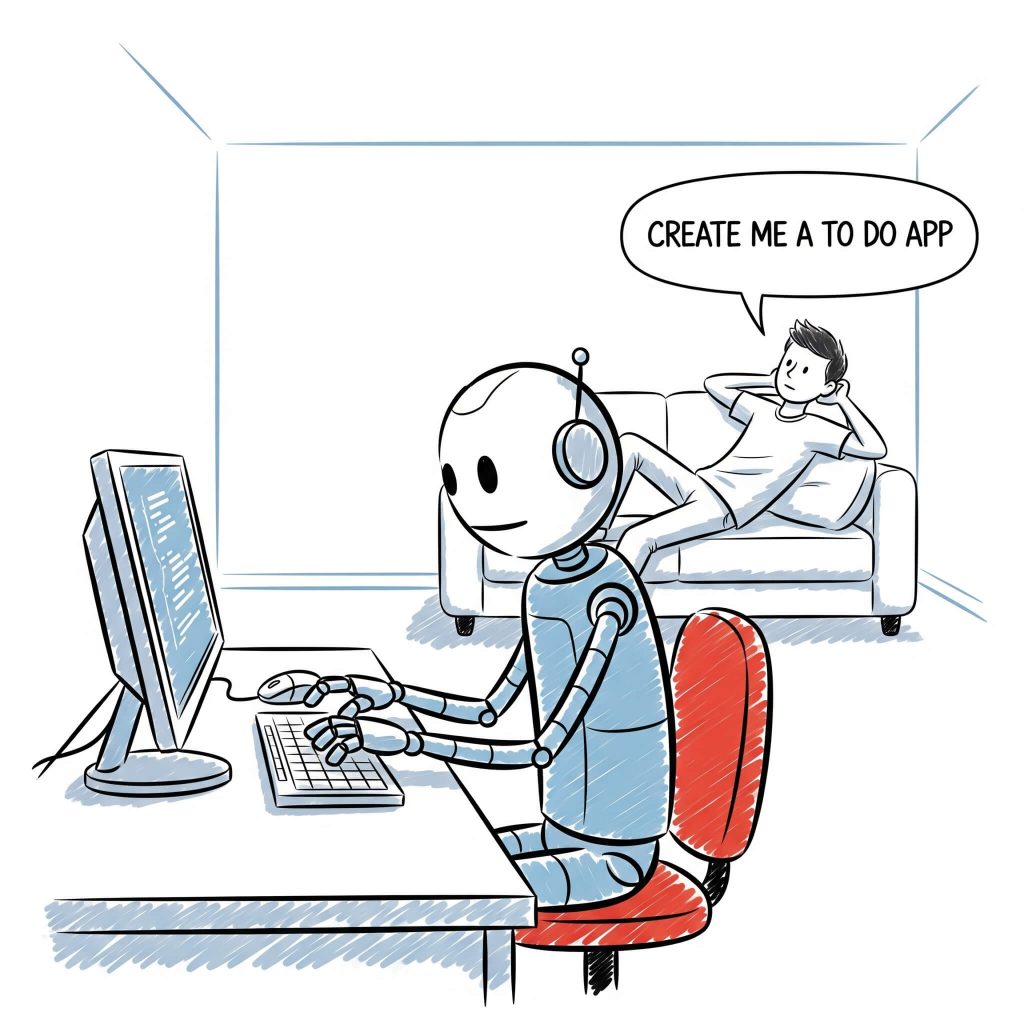
“You really know intelligence has been commoditized when CEOs start vibe coding!” Satya Nadella (Microsoft CEO)
“I think we will be there in three to six months, where AI is writing 90% of the code. And then, in 12 months, we may be in a world where AI is writing essentially all of the code.” Dario Amodei (Anthropic CEO)
“We’re building AI that can function like a mid-level engineer, writing code, debugging, and even making decisions about what to build next. It’s not just about automating small tasks—it’s about AI taking on significant chunks of the development process.” Mark Zuckerberg (Meta CEO)
What is Vibe Coding?
Ever heard of vibe coding? It’s a fun and futuristic way of programming popularized by Andrej Karpathy (yep, the former OpenAI co-founder and Tesla AI brain).
Instead of getting deep into the challenges of writing code line by line, vibe coding is all about describing what you want in plain English or even in your own language. You don’t write code and you let AI do the heavy lifting. You are more of a reviewer or observer depending on how much you want to be involved.
Some people already tells, “Hey, make me a to-do list app,” and watching it bring your great idea to life. No deep technical chops required. Just good vibes and clear intent!
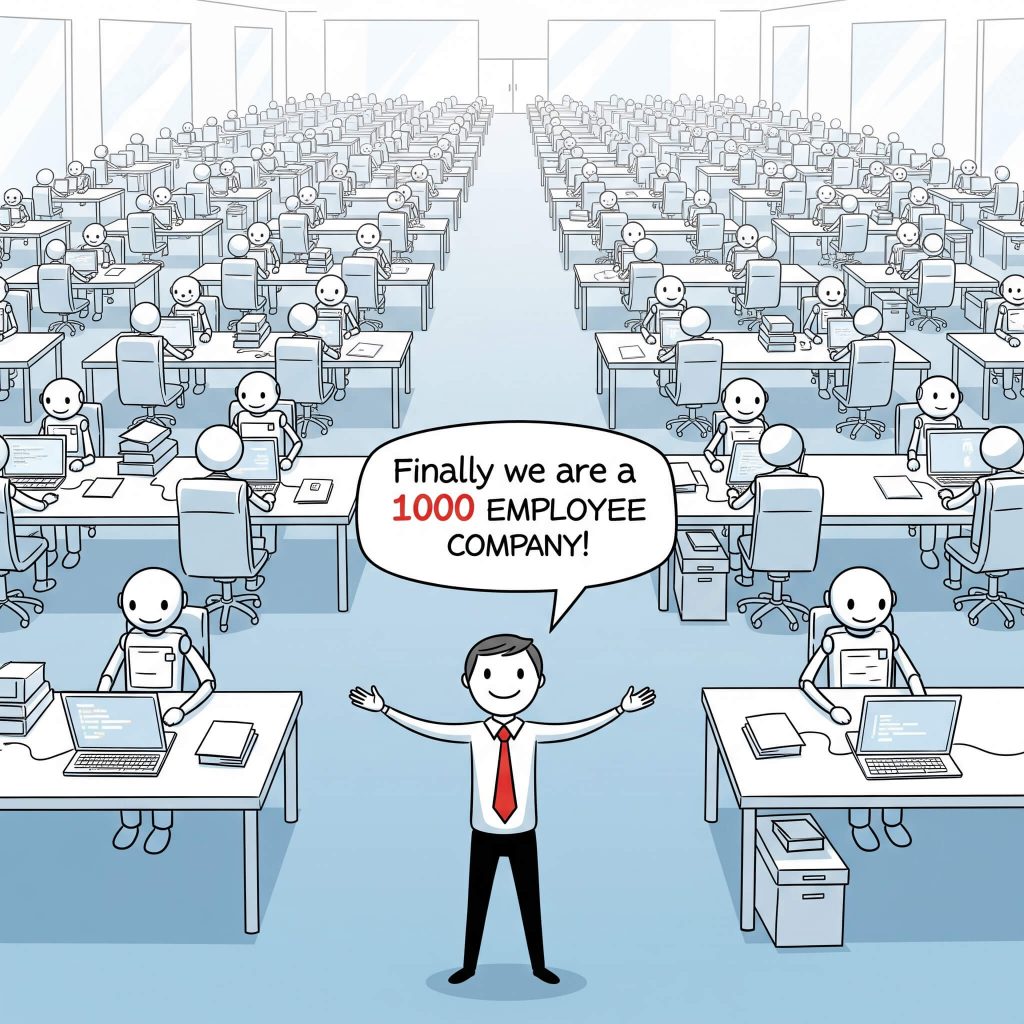
And yes, you’ll hear a lot of big-name CEOs hyping up this trend. But remember, many of them are also trying to sell you tools that cost twenty bucks a month. So maybe take their enthusiasm with a grain of salt. If your neighborhood butcher suddenly started promoting the carnivore diet, would you jump on board instantly? Probably not.
Testing the Limits of Vibe Coding: Timeline for My Blog
Dario Amodei predicted that AI would be writing 90% of code within 3 to 6 months. That was about 4–5 months ago. Today, we do see AI-generated code making its way into production but it’s almost always reviewed, tweaked, and maintained by humans. Still, it’s amazing that so much of the boring boilerplate work can now be offloaded.
I’ve seen plenty of indie devs releasing vibe-coded apps. Some are impressive, others… not so much. After trying a few and not being super impressed, I eventually saw a couple of solid examples that sparked my curiosity. So I signed up for a Cursor membership and gave it a shot.
If you’re wondering what I built, check out the homepage of this blog. I created a timeline of my life, styled like a graph view
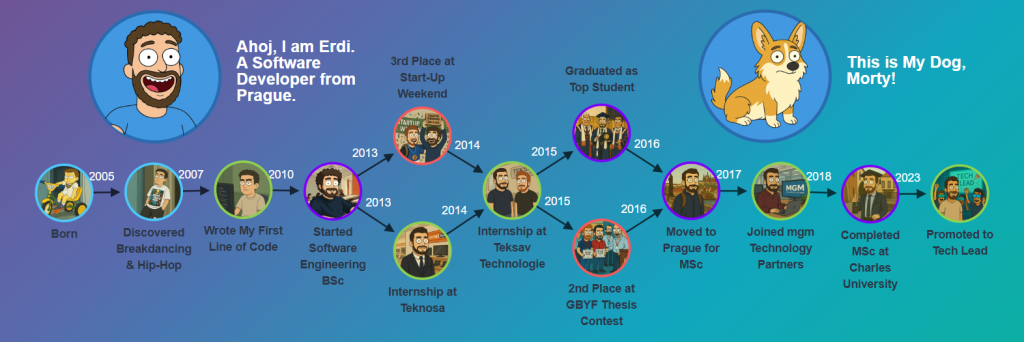
It comes with a mobile mode too!

Was it all done in a single prompt? Nope. It took about 100 prompts to build the core and another 400 to squash the bugs. I even followed best practices, created a spec document, and tried to keep things tidy. It still has lots of bugs and mobile performance issues.. but hey, it works!
What Have I Learned?
The final result: a graph-style timeline with nodes and edges that scale on hover. On mobile, it shifts to a more linear, top-down view. Both views are powered by the same data structure under the hood.
What I am trying to say is that it’s not a particularly complex or unique piece of software.
I thought it’d be a fun little week-long project.. but it turned into a month of wrestling with AI. Turns out, I don’t have much patience for nonsense outputs.
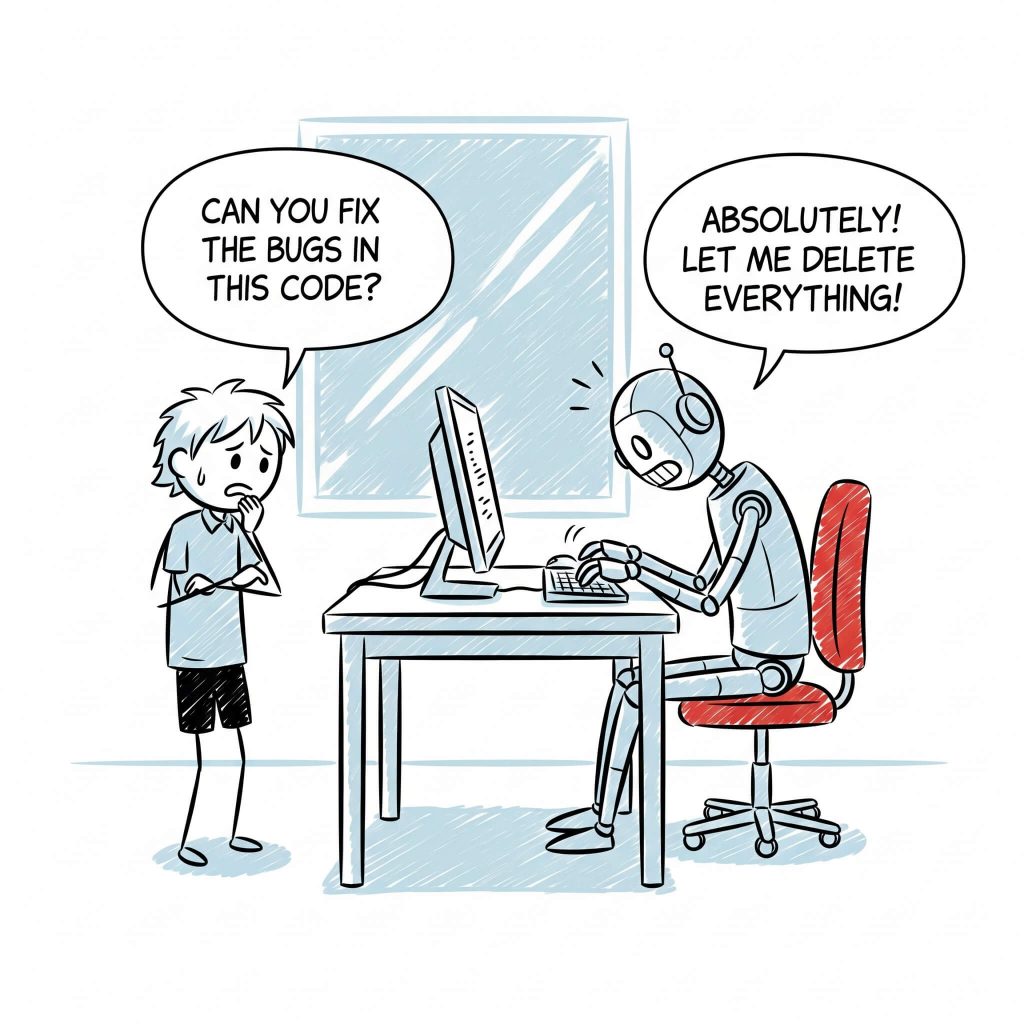
Maybe the world is headed this way, but I doubt many developers will love the job if this becomes the norm. That’s just my opinion, feel free to disagree!
How is the Code Quality While Vibe Coding?
The project ended up being 5,000 lines of code. For comparison, if I had built it using Flutter, Dart, and Flame, I probably could’ve done it in about 500.
As someone who appreciates clean code, this was… frustrating. If AI needs to generate 10x the code for the same result, then “10x productivity” isn’t really what it sounds like. Honestly, I’m not even sure I saved any time.
One memorable bug in the timeline project really tested my patience. The graph wouldn’t redraw properly after resizing the window. The AI gave it a shot, burned both compute time and my emotional energy, and sort of fixed it… but broke the panning feature in the process. So AI spent about an hour fixing the panning, which then broke the resizing again. After a full day of this back-and-forth, the fix came down to a single line of code. Add the line; resizing works, panning breaks. Remove it; panning’s fine, resizing’s toast. In the end, I had to step in, refactor a massive chunk of tightly coupled code, and fix it myself. That moment was a clear reminder not to get too excited about vibe coding just yet.
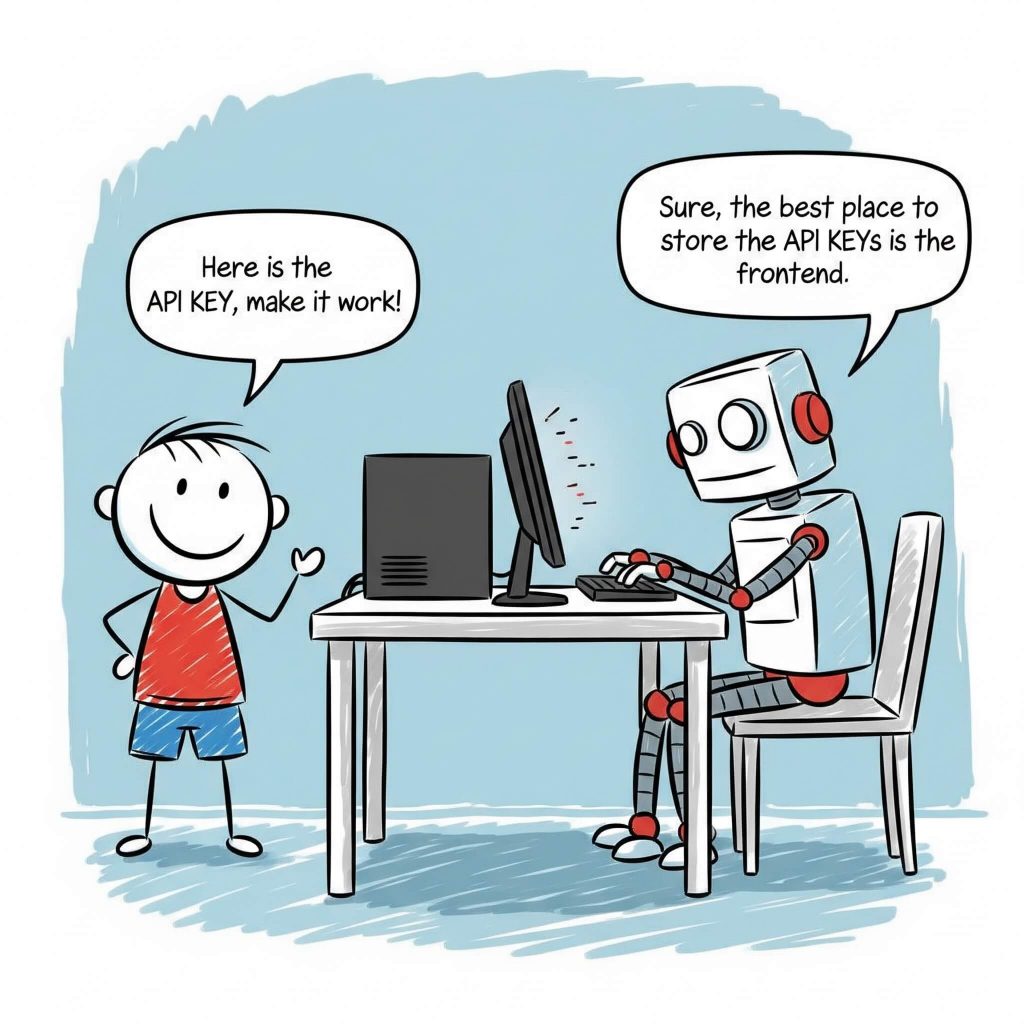
So, if you’re non-technical, vibe coding might not be your silver bullet. Sure, you could still build a neat personal tool; a note-taker, a planner, a trip organizer. But building anything polished or scalable? That still takes developer skills, no matter how smart the AI is. Creating a product is still a journey, and yes, it can be draining if you let AI to steal the whole ride from you.
Yes, I made something that works. But in the professional world, that’s only half the battle.
Enterprise-grade software? Not happening through vibe coding, at least not yet.
Of course, there will be exceptions. I’ve already seen quite a few job posts specifically looking for vibe coders.
How to Make Vibe Coding Better?
I’ve tested three approaches so far:
1. One big file:
Starts out great, you’ve got everything in one place. But after 500–600 lines, you’ll want to throw your laptop out the window.
2. Keep files under 120 lines:
When this works, it’s really nice. But when changes affect multiple files, AI often forgets to update them all. You’ll spend hours chasing silly one-liner fixes. Also, AI’s sense of architecture isn’t great (probably due to the messy codebases it was trained on).
3. One file per feature:
This worked the longest, but dependencies spiral quickly. As your project grows, your brain starts short-circuiting just trying to follow it all since you are still doing the orchestrating and it gets harder and harder.
TL;DR: Vibe coding needs its own design patterns. Traditional software design just doesn’t translate well. If you’ve made it this far, I’d love to hear your thoughts and experiences (seriously people!)
My Interpretation and the Future
A hundred years ago, we didn’t have non-stick pans (I guess, better ask AI) or air fryers, yet people still cooked. Today, we have all the gadgets, but the number of chefs per capita probably hasn’t changed much.
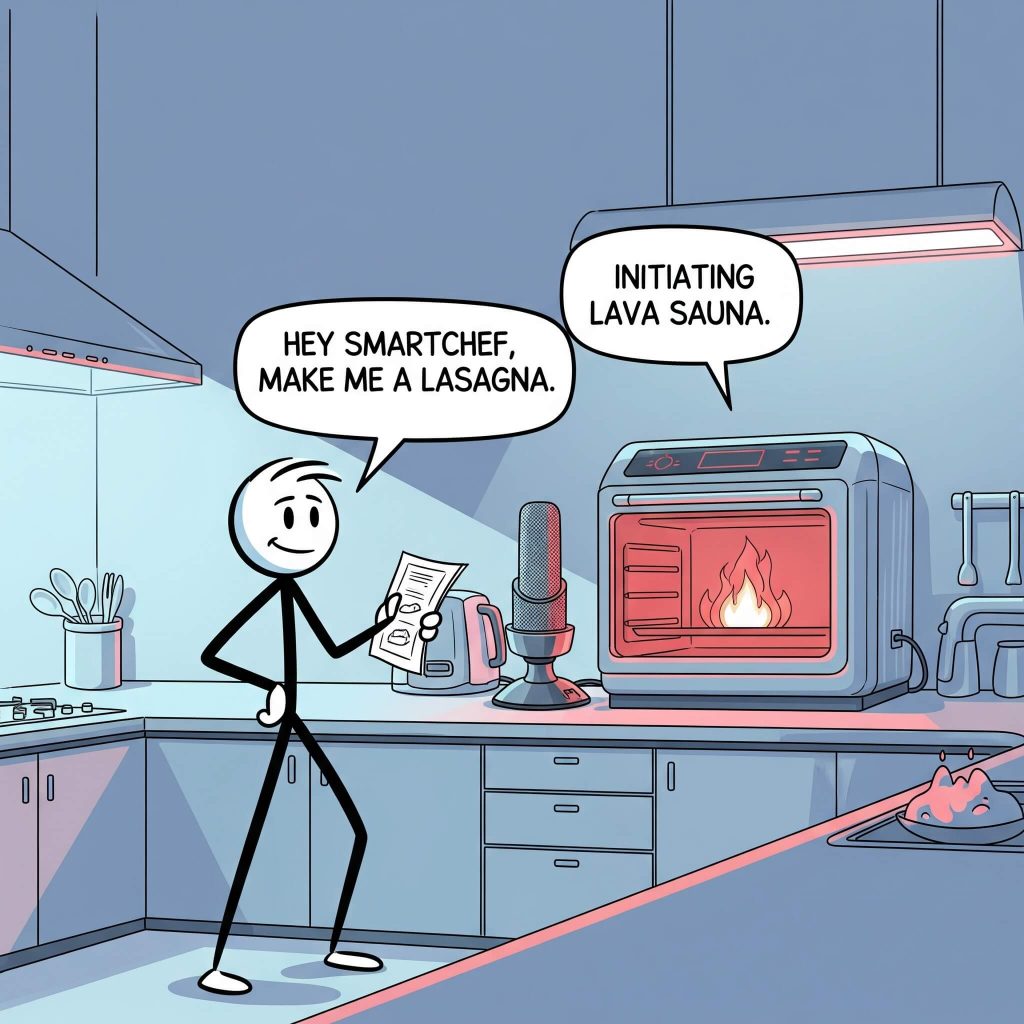
I don’t quite buy into the “LLMs will change everything” narrative like many CEOs do. Yes, they’re exciting and useful. But if we don’t push beyond LLMs, the hype may fizzle out.
That said, large language models will definitely improve our workflows and create cool new experiences.
Still, it’s too early to hand over the steering wheel completely.



